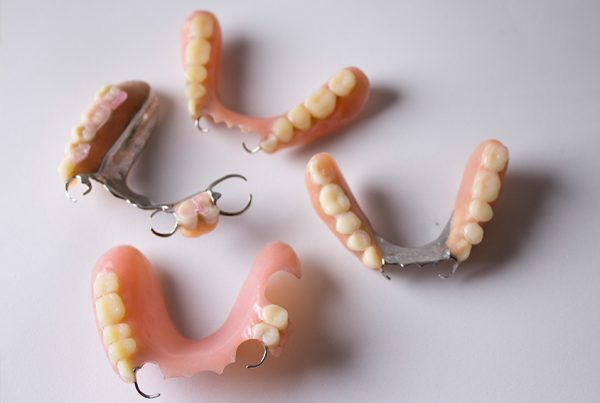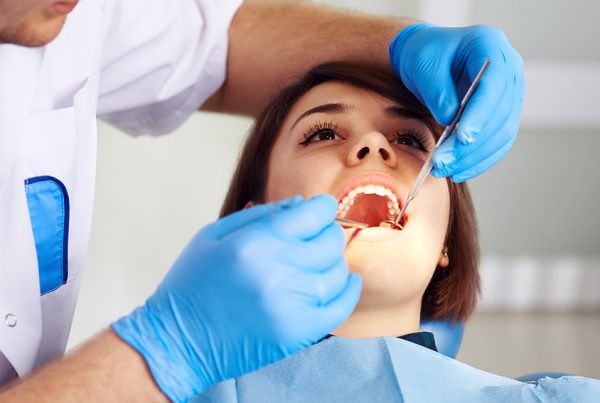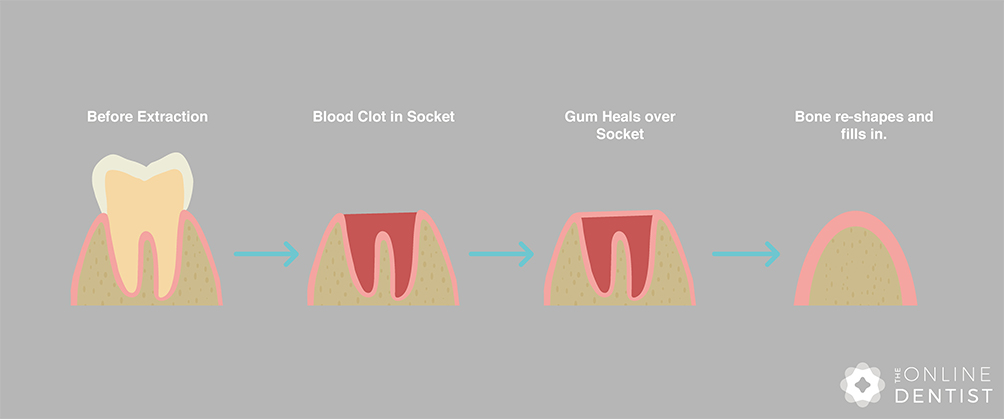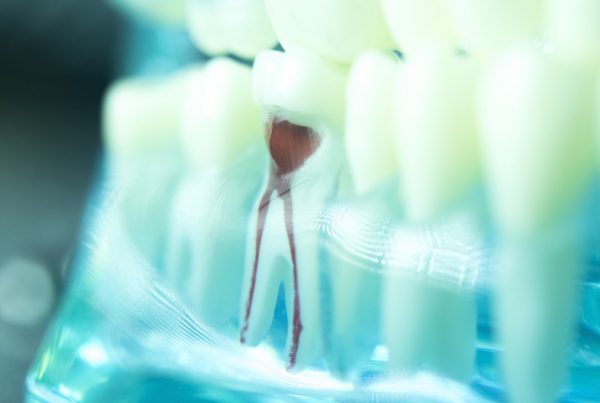There are a number of reasons that you may need to have a tooth extracted. The tooth may be decayed or broken. It may be that the bone support around the tooth has been lost. Removal of a tooth is usually the last resort when you have run out of options.
What does it feel like to have a tooth extracted?
It shouldn’t hurt. When a tooth is extremely infected, it can be very tricky to get it completely numb. But, on the whole, your dentist will be able to use anaesthetic to make sure that there is no pain.
You will feel pressure. Lots and lots of pushing. Contrary to popular belief, to get a tooth out, you push rather than pull. During the procedure, you will feel this pressure. It’s a strange feeling but it’s not painful. If it is hurting, you should let your dentist know.
The other thing that you will experience is funny noises. This can be clicky or scratchy sounds. There might also be squelchy sounds which are not particularly nice but unavoidable. The thing to remember is that it all happens quite close to your ears so it sounds louder than it actually is. Don’t worry about it. All of the pressure and funny, little noises are normal.
Sometimes, teeth will break while they are being extracted. It’s very common and depends on the tooth. If it does happen, sometimes the last bit of tooth can be left under the gum and the gum will just heal over the top. If the bit that is left is infected then you may require an extra procedure to get that last little bit that broke. Your dentist will advise you on what they think should be done. Just be aware that it happens quite commonly and if it happens to you, don’t worry.
After the tooth has been taken out, the healing process will start. At that point it’s up to you to care for the socket as it heals.
Instructions following an extraction
1. Take it easy that day. You should put your feet up for the day. No strenuous exercise and no booze please.
2. Take painkillers if you need them. It’s bound to be a bit sore after having a tooth out. Take whatever you would normally take for a headache. Something like paracetamol or ibuprofen are excellent if you are okay to take them.
3. Avoid smoking. Smoking reduces blood flow to the area so makes it more likely that you will get an infection. Remember that after having a tooth out, there is an open wound in your mouth. You need to do all you can to allow your body to start to heal.
4. If it bleeds, put pressure on it. Sometimes, when the anaesthetic wears off, it can start to bleed again. If this happens, either use a swab from your dentist or a clean handkerchief to put pressure on the area. Leave the pressure on there for about half an hour. Don’t keep taking it on and off to check it. Just maintain the pressure. If you can’t get it to stop for whatever reason, call your dentist or doctor.
5. 24 hours after the extraction, start bathing the area in salty water a couple of times a day for the next week. Don’t rinse vigorously. Rinsing may wash the clot away and the healing process will stop. You need that bloody clot in the socket. After a day, the clot looks yellow on the top and a bit weird but that’s normal. Bathing the area with salty water will help to keep it clean but don’t rinse like crazy. You don’t need to.
6. If you have concerns or problems, contact your dentist.
Infection
After an extraction, it is possible that the open wound will become infected. Now the tooth has gone, there is nowhere for the bacteria to hide so your body will be able to sort it. However, if the socket is really painful and swollen, go back to your dentist and they may prescribe you some antibiotics. This is not usually necessary after an extraction but might help if the infection is hanging around.
Dry socket
Dry socket is different from infection. Dry socket is when the healing clot in the socket is lost and the raw bone is exposed. This is extremely painful. It most commonly happens after the removal of a lower back tooth.
You won’t have any swelling, unless there is infection as well. It may look like there is nothing in the socket. If this happens, you will need to return to your dentist to have the socket dressed with something to soothe it and help start the healing process again.
Those are the two most common things that can go wrong after having a tooth out. Most of the time, this doesn’t happen and the area heals really nicely. If you follow the above instructions, chances are that you will be fine. Again, if you have problems, call your dentist.
What now?
The decision to remove a tooth should not be taken lightly because once it’s been extracted, you cannot put it back. It can, however, be replaced.
Keep updated with the Online Dentist newslettersign up today
Recent Articles
 A denture is a false tooth or teeth on a plate. They are not fixed in place and can be taken in and out. They are generally the easiest way...
A denture is a false tooth or teeth on a plate. They are not fixed in place and can be taken in and out. They are generally the easiest way...
 Gum disease is when bacteria have got underneath your gums and are damaging the supporting tissues of your teeth. If you get rid of the bacteria, you’ll stop the damage....
Gum disease is when bacteria have got underneath your gums and are damaging the supporting tissues of your teeth. If you get rid of the bacteria, you’ll stop the damage....





